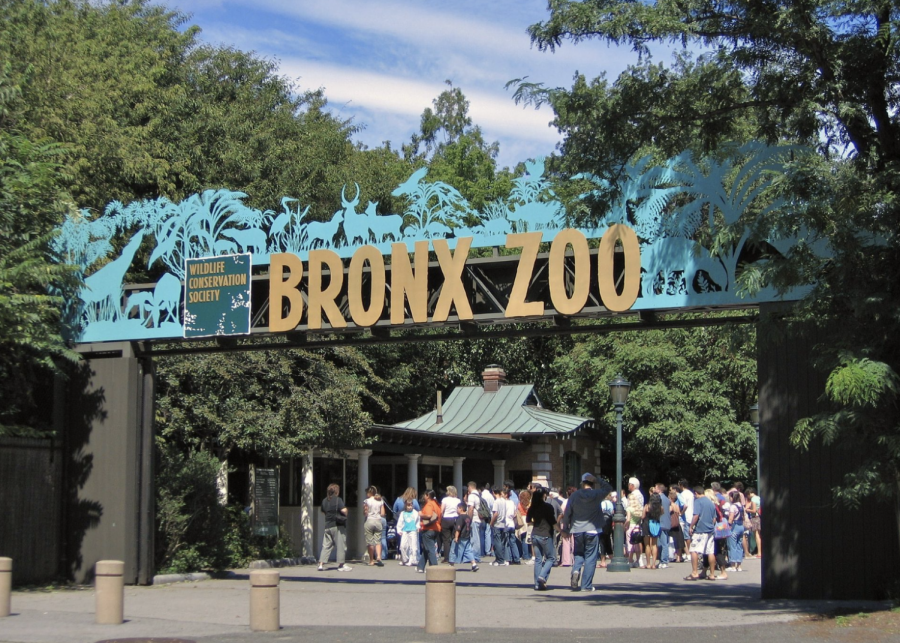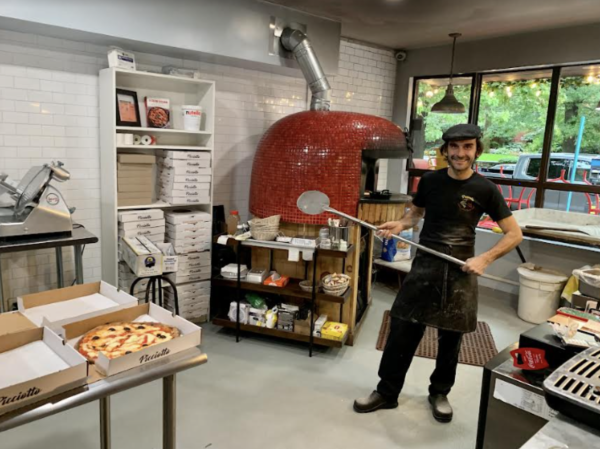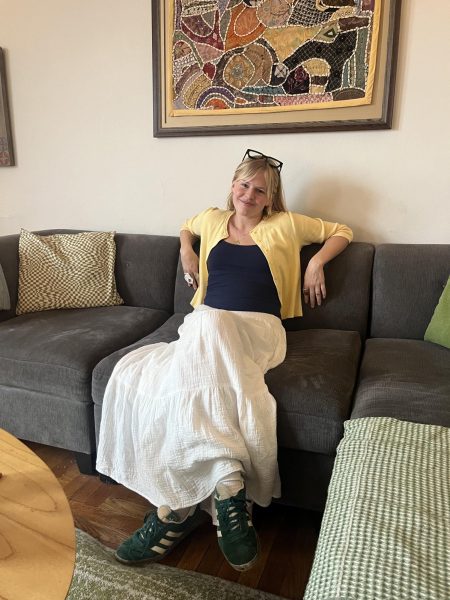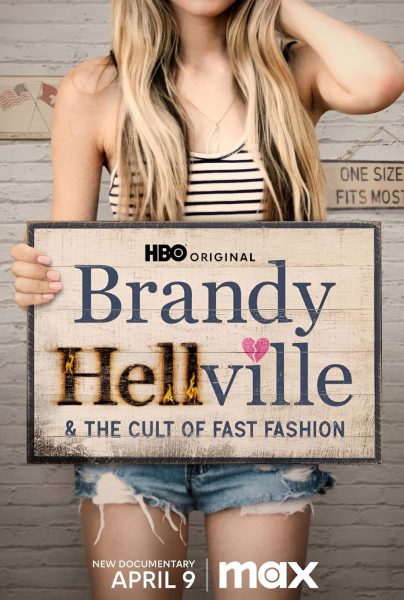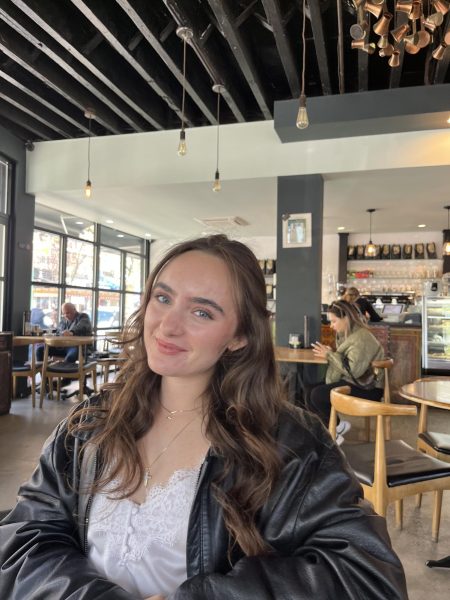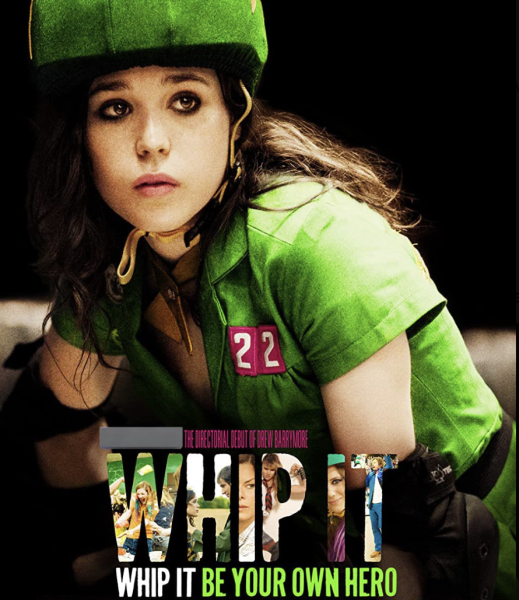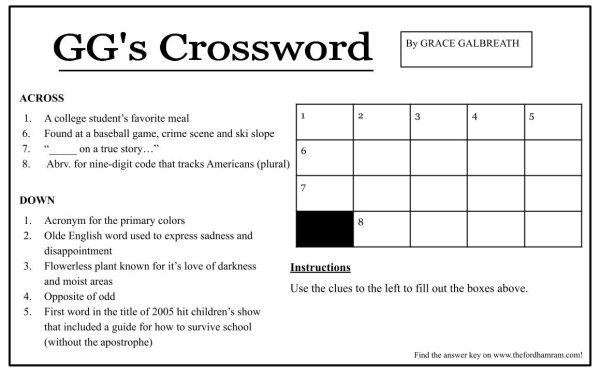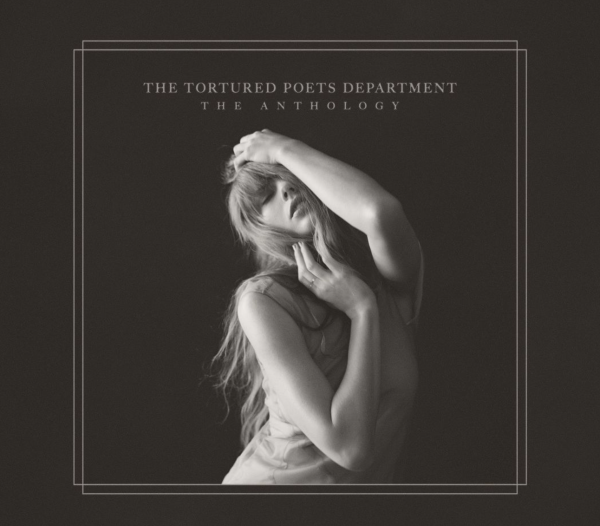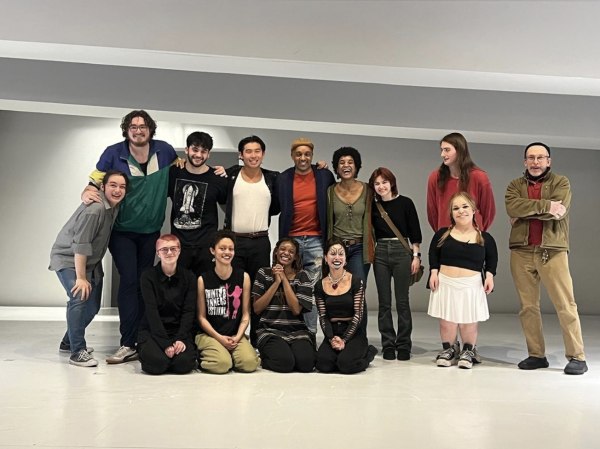Good Will Hunting v. The Bronx Zoo
By Tim Mountain and Kevin O’Malley
Welcome to the sixth edition of “Is It Better Than Good Will Hunting?” the weekly culture review column where Kevin O’Malley and Tim Mountain compare food, media, experiences and more against the world of art that produced Oscar-winning film Good Will Hunting.
Good Will Hunting (GWH) is a 1997 coming-of-age drama starring Matt Damon, Ben Affleck, Minnie Driver and Robin Williams. It was directed by Gus Van Sant and written by Damon and Affleck. It currently holds a 97 percent approval rating on Rotten Tomatoes.
This week, we compare GWH to the Bronx Zoo.
Kevin: Timothy, I’m excited for this week’s review. And do you know why?
Tim: Why, Kevin?
Kevin: Because this review brings us on a field trip to my favorite forgotten Fordham advantage: the Bronx Zoo.
Tim: Wow, this is exciting! Our readers who take full advantage of our little slice of Zoo heaven may not understand how it can be “forgotten,” but they’d also be embarrassed by how many Fordham students asked us what admission to the Zoo is. It’s free, you bozos! And only a matter of a few feet from campus!
Kevin: Free and open ‘till 4:30 in the winter season, our accessibility to the Zoo is almost suspicious. But I rarely ask questions. I was just excited to have the opportunity to go to the Zoo as it always makes for the perfect afternoon. Nothing better than killing some time sitting around just like how Will, Chuckie and the gang did at Little League games.
Tim: When you have the privilege of free admission to the Zoo, you can certainly kill time—and this is one of its most attractive qualities. And, while the Zoo is great for a number of reasons, possibly its greatest virtue is how it fosters in its patrons an empathy for animals, a love for conservation and an interest in ecosystemic preservation. Good Will Hunting’s dynamic characters help you empathize in a different way, to be sure.
Kevin: For instance, GWH is important along the lines of empathizing with concerns of mental health issues, realizing one’s potentials and, of course, the importance of family and what true love really looks like. I’d say both GWH and the Bronx Zoo certainly evoke more emotions than are advertised at face value.
Tim: Our trip to the Zoo was made better by the company of our friend Liz. In my opinion, zoos should be places where love and friendship abound. It reminds me of the love and friendship that Will is shown throughout GWH, and how GWH is a movie that is undeniably better when watched with friends.
Kevin: Exactly. Which is why I’m glad that we still make time to watch GWH every week prior to writing the article. But, I don’t want to delay this much longer. Let’s hop into some specifics. Tim, start us off.
Tim: We pulled up to the zoo around 1:45, and our first stop was the sea lion enclosure. As somebody who loves aquatic mammals of all kinds, I was enthralled with the slimy little guys. Adorable.
Kevin: A brilliant way to open up the Zoo. Who doesn’t love watching the sea lions swim and bark around their enclosure? No one that I’d trust. Next we pulled up to the komodo dragon exhibit, which was a creepy addition, but always an important stop in my Zoo visit before getting to the more serious animals.
Tim: And by more serious animals, I think you mean bears and lions. With enclosures that are nearby, you can see two of the most ferocious (and cutest) creatures in the Bronx. Of course, if you want to see the most ferocious creature, an absolute animal, you’ll have to pull up Fordham Barstool’s Instagram account and find any video of a white man smashing elbow-first through a glass table.
Kevin: That’s so epic. But to be clear, and as hard as it is to believe, this is not an advertisement for the Zoo. In fact, there were some parts of the Zoo that I did not like. For instance, in order to see a tiger, we would have to pay extra for a specific tram ride to bring us to their enclosure. Also, primates (my favorite) and other more active animals are all in an advanced location that cost a little more money. The experience is still great, but withholding these animals never seemed right to me.
Tim: Absolutely. It’s hard to complain about accessibility when it’s a free ticket, but for me, it goes like this: GWH is available to everybody. All parts of it, too. They don’t throttle access to its best scenes. Once you pay for it—whether by DVD or streaming service—you’ve paid for it. Anybody can watch Robin Williams’ heartfelt account of “going to see about a girl,” but not everybody can say they’ve gone to see about a Western lowland gorilla.
Kevin: Right. It’s not like Elliot Smith’s “Miss Misery” is an extra $7.50. That’s part of the package. I’d say our access to the Bronx Zoo is certainly a special privilege given our proximity and discount. GWH (unless you’re in the cast, I guess?), does not discriminate among its customers. I’ll have to give the nod to the more accessible item. GWH says, “come on, learn from me, and I won’t make you look at komodo dragons.”
Tim: Yeah, totally. We’re looking at this from the best-case scenario. The Zoo is less convenient to anybody who’s not a member of the Fordham community. Not to mention the fact that you have to be in the Bronx to visit the Zoo. You can watch GWH from the middle of the ocean, for all I care—you’d probably have to be above the water, though. GWH takes it in this race, no question.
Kevin: GWH wins for me as well. Sorry to all my new animal friends. I hope you understand

